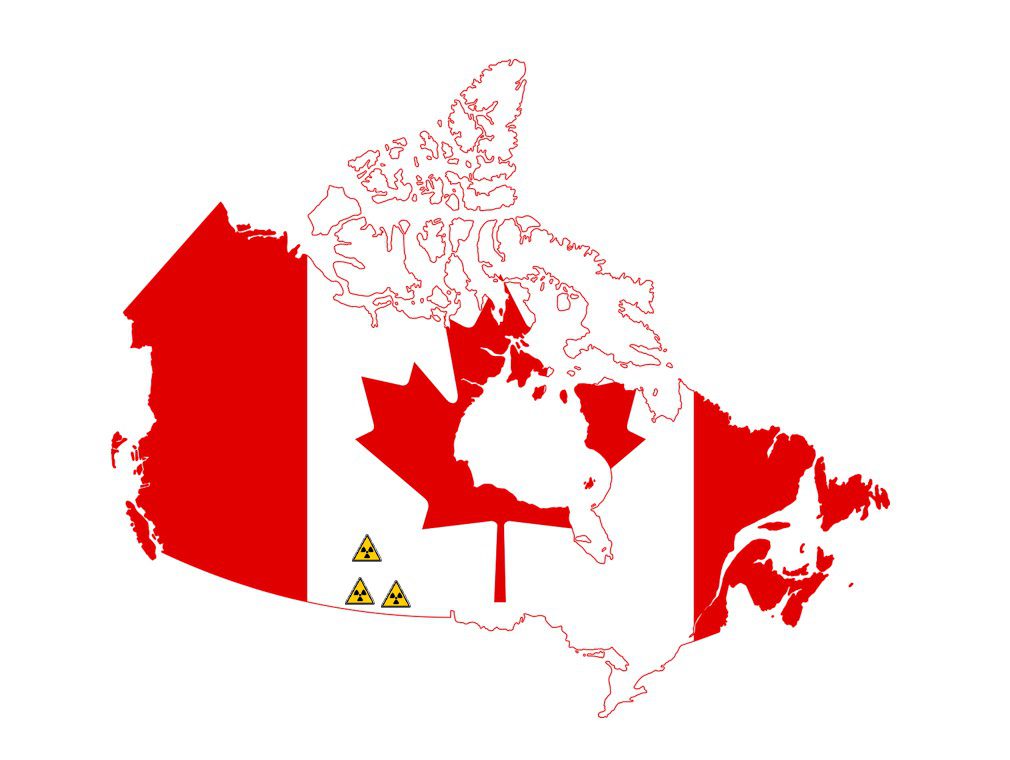

Placing small modular nuclear reactors in communities near the North Dakota and Montana borders is 10 years in the future, but plans are now under way to make it happen.
According to a joint strategic plan among four Canadian provinces, including Saskatchewan, the first SMR is proposed for Saskatchewan in 2032, with three to follow.
That plan also calls for SMRs to substantially offset the economic impact in Saskatchewan of the federal government’s phase out of coal fired power generation. Estevan Mayor Roy Ludwig says he is concerned about job loss from coal and believes the positive impact of SMRs will keep his community of 15,000 stable.
A recent study by the Conference Board of Canada, shows that Saskatchewan, as a whole, will see significant economic impact from the building of SMRs. Preliminary plans are to place them at Estevan (18 miles north of Noonan), Coronach (26 miles north of Scobey, Mont.), Saskatoon and possibly Lake Diefenbaker (near Saskatoon).
According to the study, between now and 2032, SMRs will have a $1.7 billion impact on Saskatchewan’s gross domestic product. Wages from job creation is expected to be $944 million and taxation is earmarked at $526 million.
Between now and 2036, each SMR would have 179 project development jobs and from 2029 to 2040, each plant would create 1,760 jobs for manufacturing and construction with an additional 182 in plant operation.
In addition, the plan states SMRs will reduce dependence on natural gas, it will allow indigenous participation in clean energy development, it will create new markets for Saskatchewan uranium, it will add value to Saskatchewan’s uranium resources and it will expand Saskatchewan’s nuclear research capability.
A separate study done by SaskPower, shows that nuclear power from SMRs could provide competitively priced, emissions free, baseload electricity in Saskatchewan by the early 2030s and could also deliver significant economic and environmental benefits to Saskatchewan and the rest of Canada.
Scott McGregor is the media relations and issues management consultant for SaskPower in Regina. He tells The Dakotan that construction for the first plant won’t start until 2029, but there is a significant amount of regulatory work that needs to be done to keep nuclear power an option for Saskatchewan.
“The strategic plan that was released this week is an important framework that lays out a pan-Canadian strategic approach that focuses on small modular reactor development and the safe, reliable, zero-emissions power they could provide,” McGregor said. “This power would support domestic energy needs, curb greenhouse gas emissions from electrical generation, and reinforce Canada as a global leader in safe and innovative nuclear power.”
He added that SaskPower is fully in support of the strategic plan and is working on its own planning project to develop nuclear power in Saskatchewan and transport the electricity on existing and new power lines.
“It promises to see the provinces of Saskatchewan, Ontario, Alberta, and New Brunswick united in their commitment work toward the fight against climate change and developing the next generation of power production,” he said. “SaskPower has worked very closely with its counterpart in Ontario, Ontario Power Generation (OPG), since 2017 to collaborate on the development of a fleet of SMRs in Canada.”
McGregor declined to say how operational SMRs will economically impact SaskPower, but indicated the crown corporation is committed to getting SMRs online and that the wealth of knowledge provided by OPG has been invaluable thus far.
“Canada has a very long history of safety and innovation with nuclear power,” McGregor said. “Ontario and New Brunswick have been operating nuclear power plants for decades.” Point LePreau, a nuclear power station, is located 40 miles from the Maine border in New Brunswick.
Nuclear waste, according to SaskPower, has three separate levels of intensity. Each would be buried in a deep, undisclosed rock formation. The Canadian federal government requires that a licensing application must include a plan for waste management covering the entire life of the SMR, which is about 70 years.